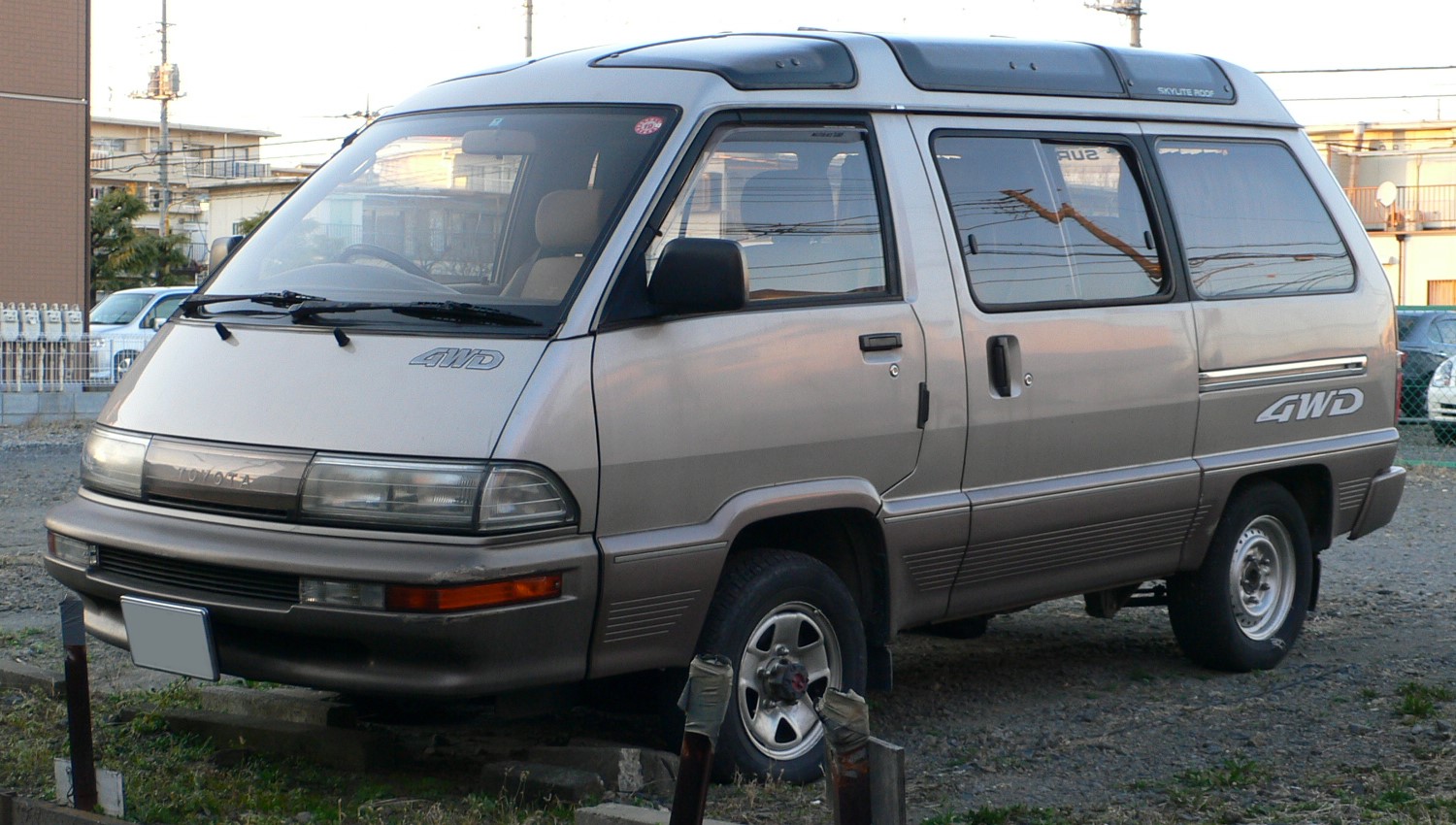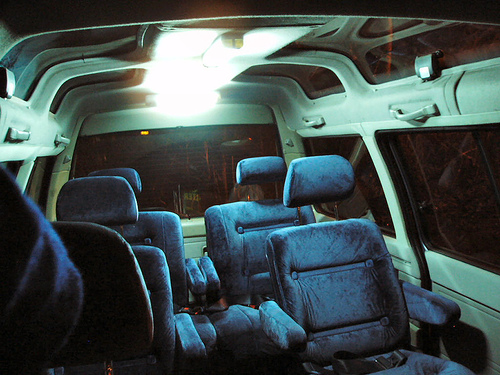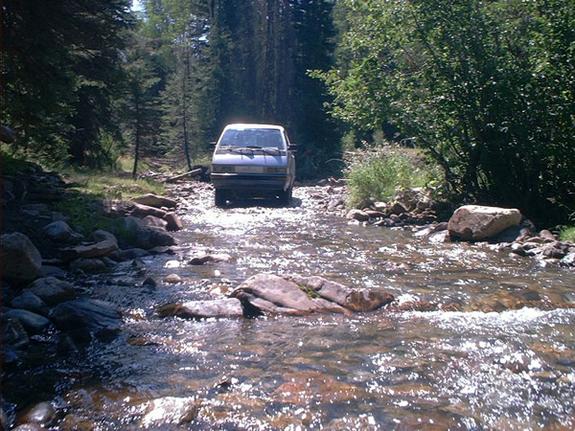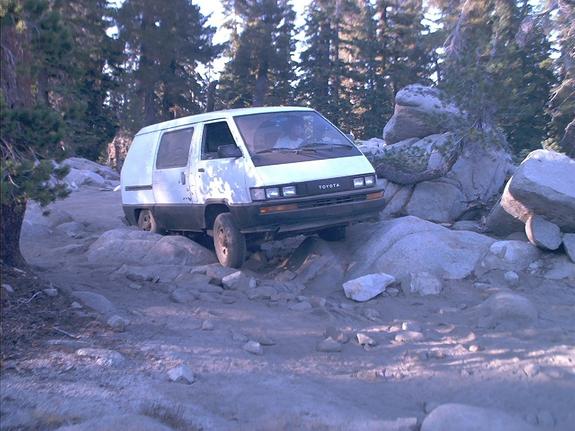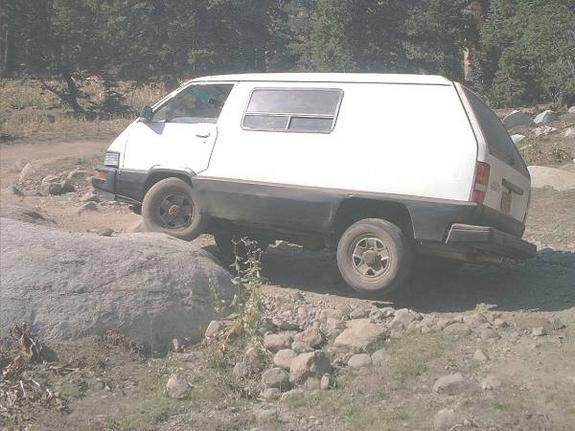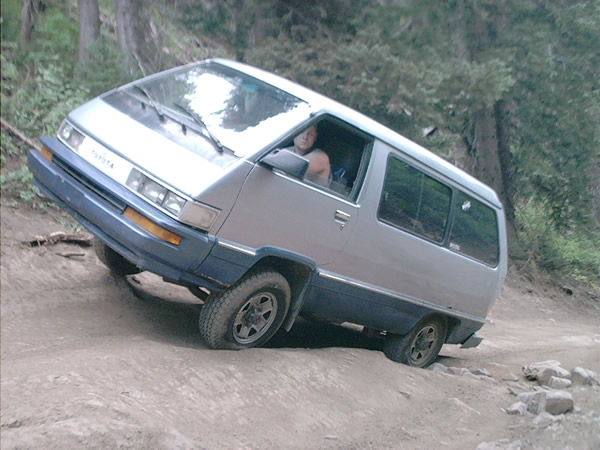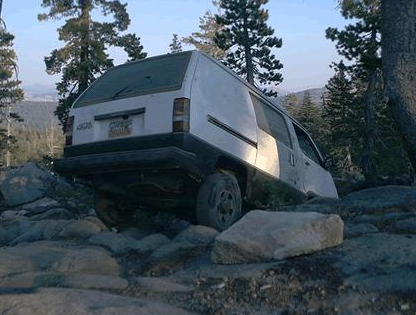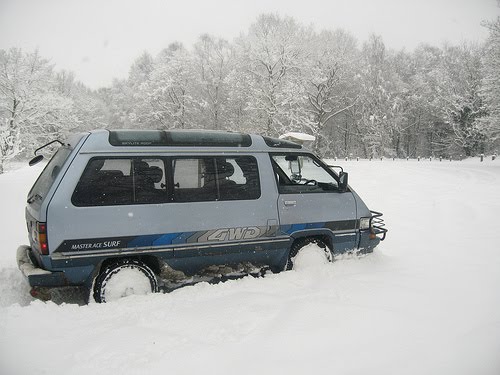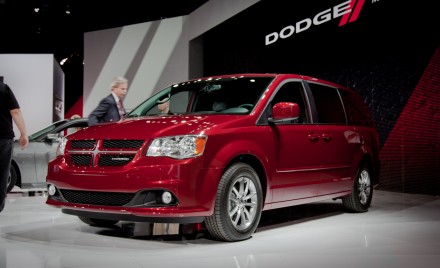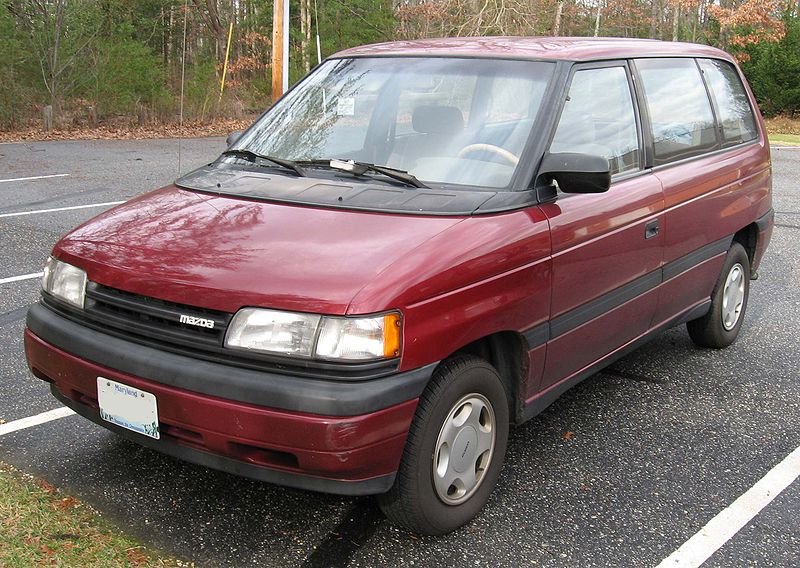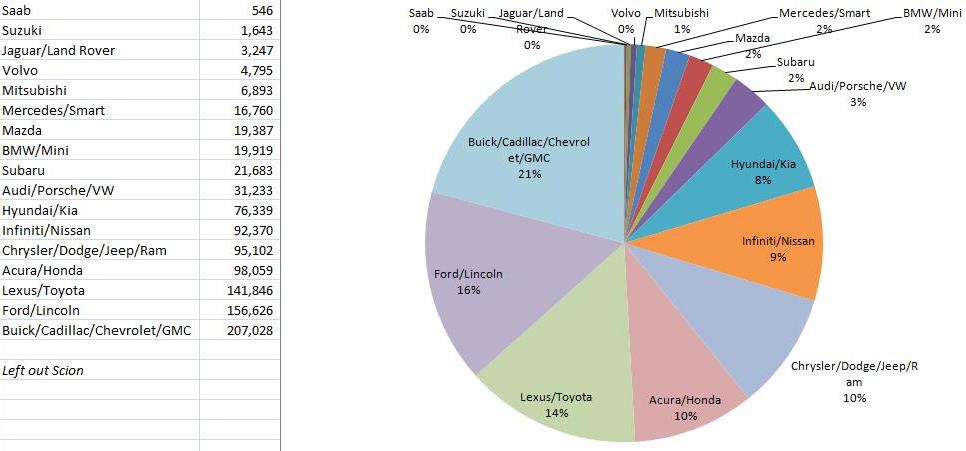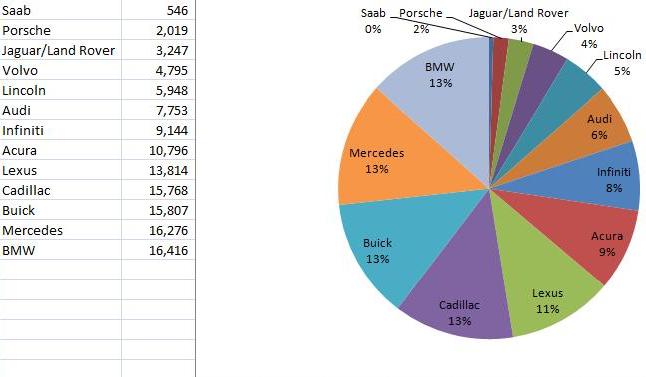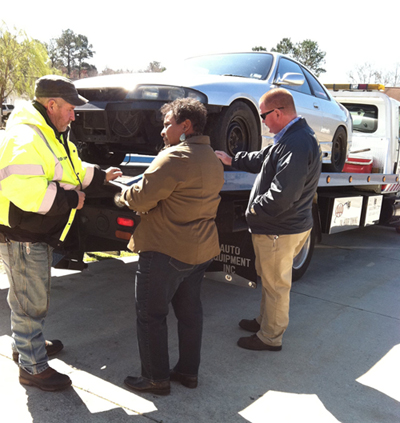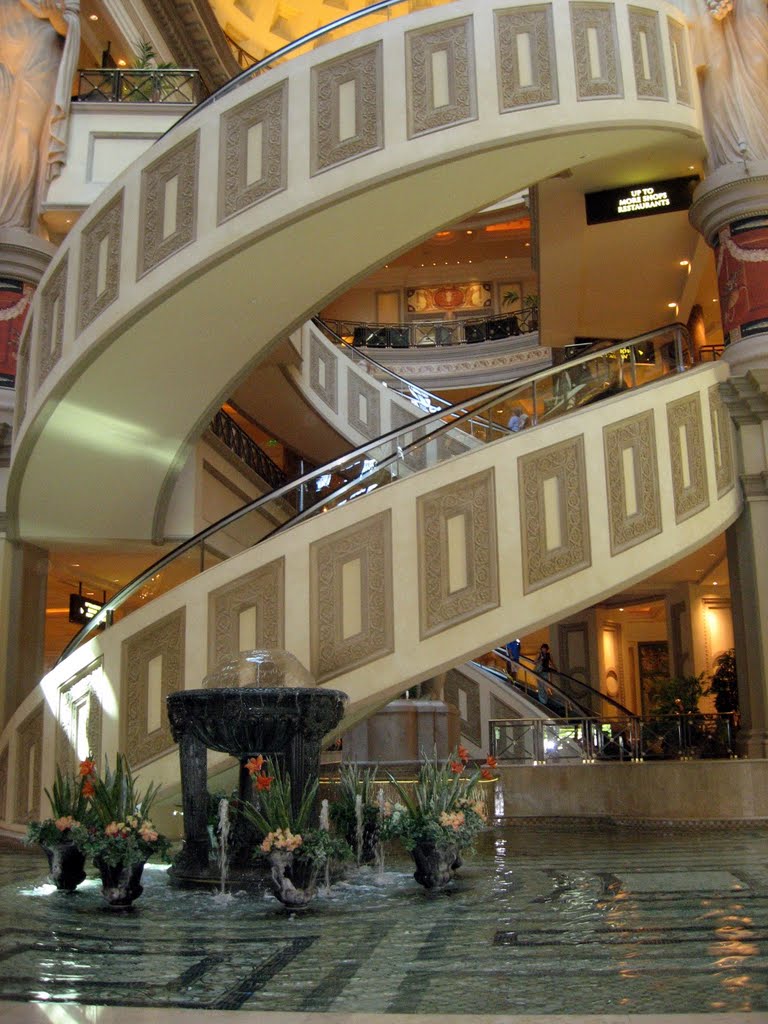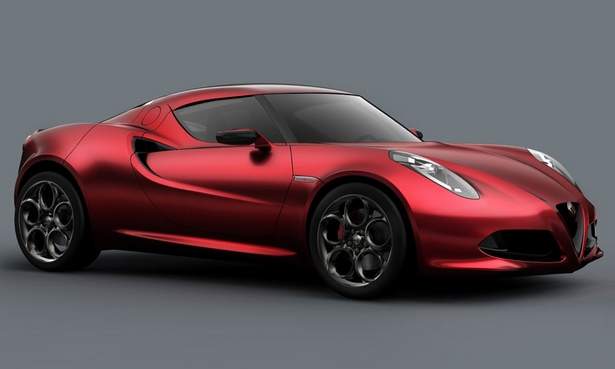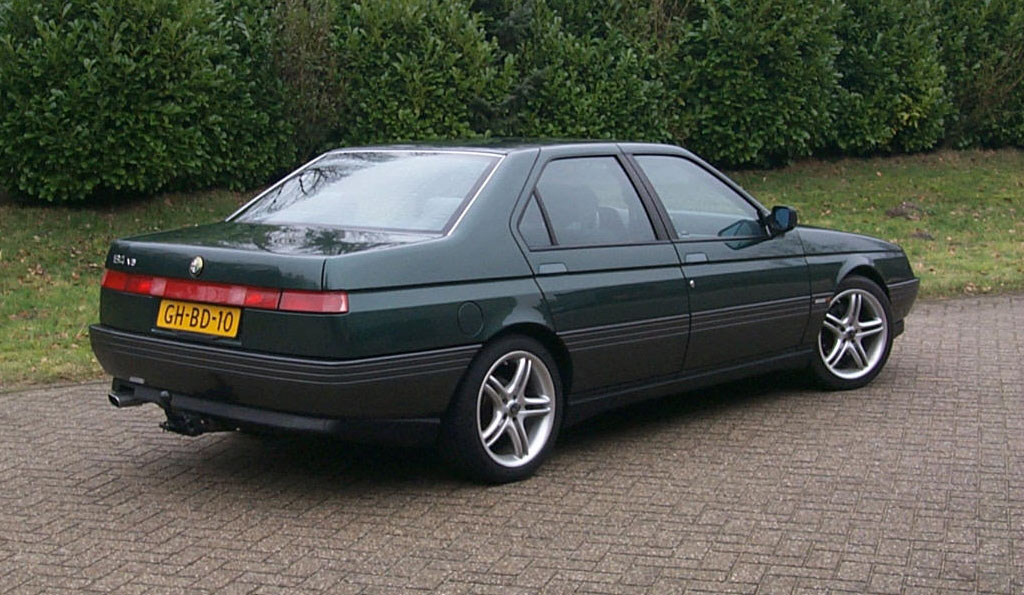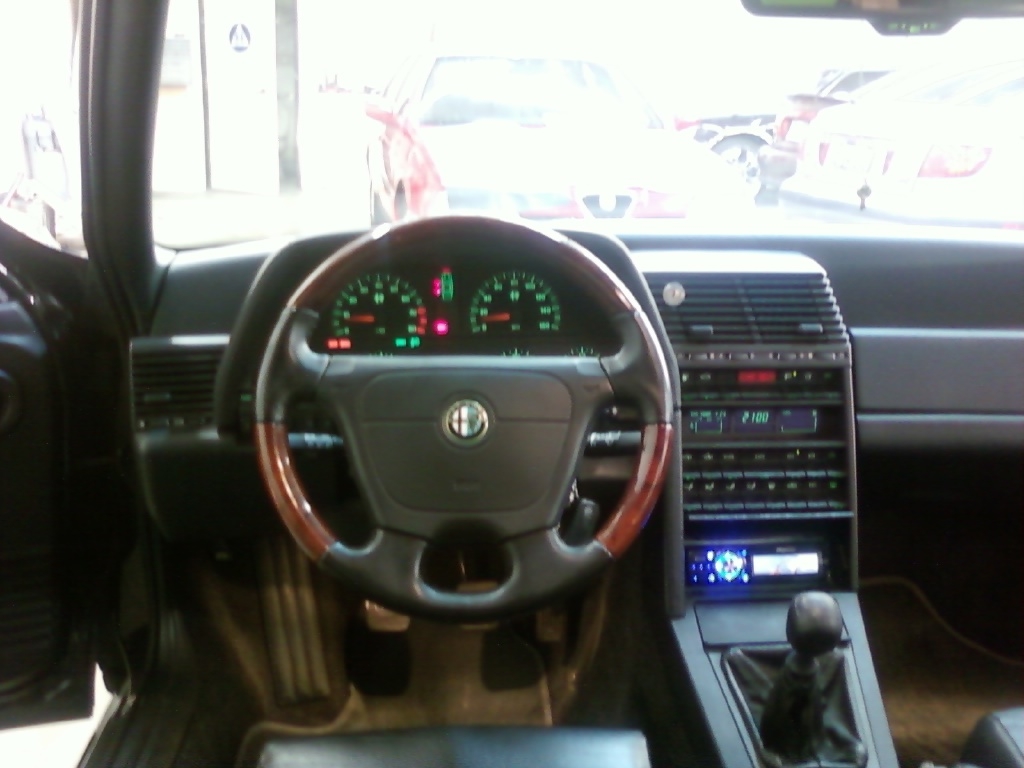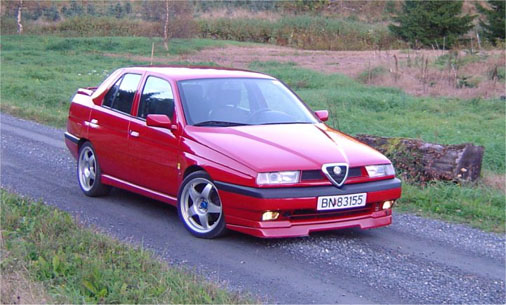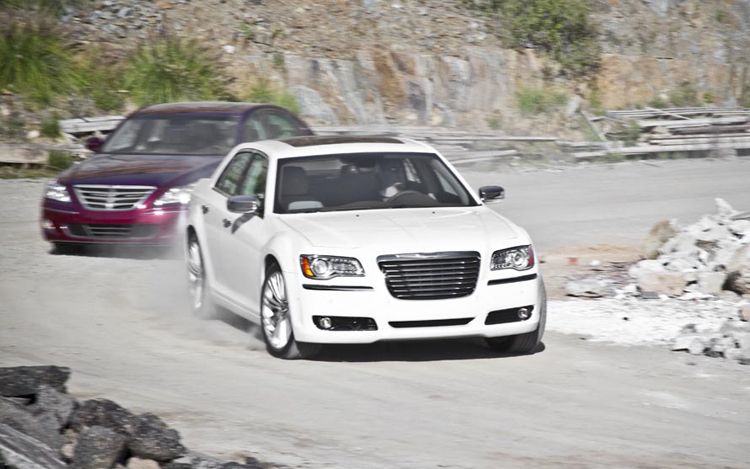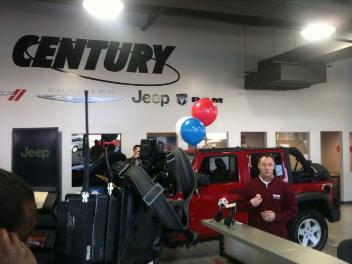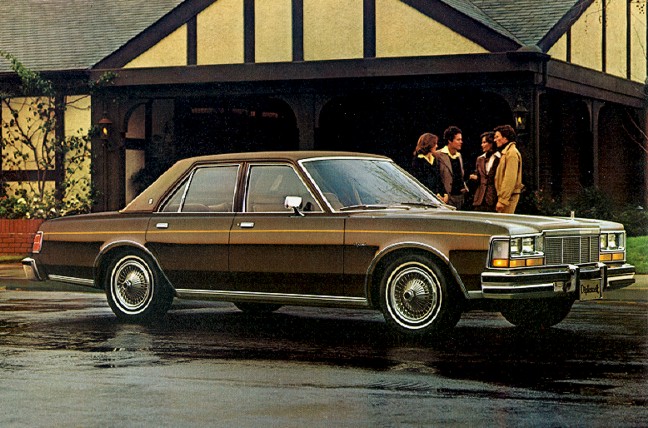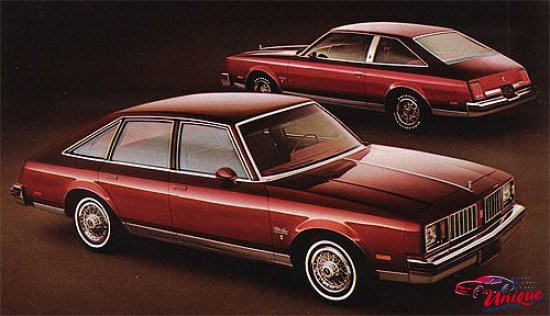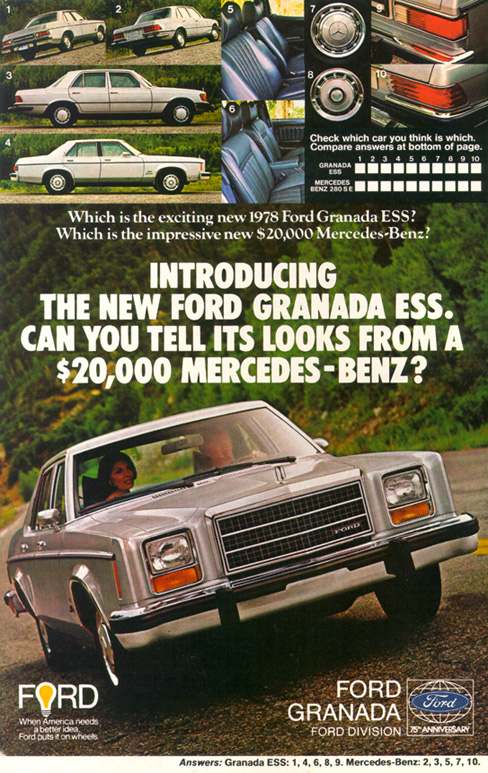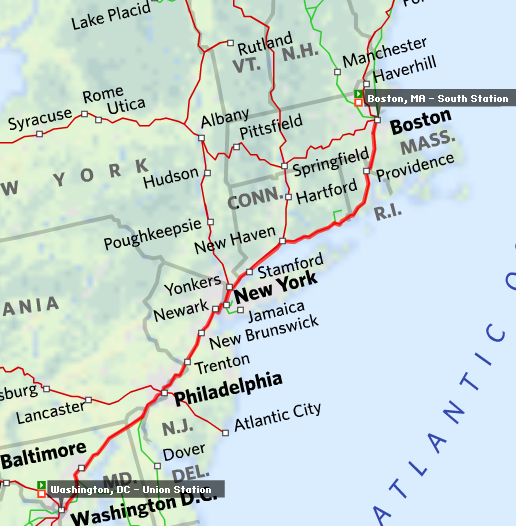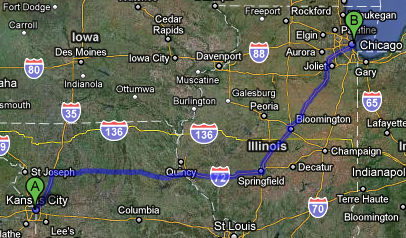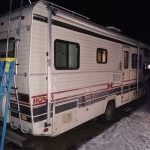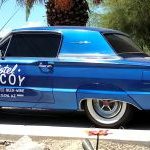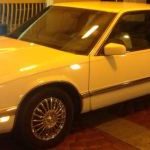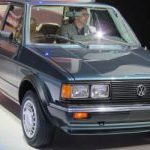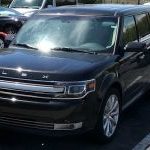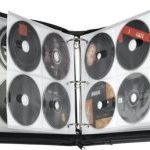With the exception of Chrysler’s turbo minivans and the Chevy Astro, most minivans seem intentionally feminine, more bus-like than brawny. A couple decades ago, Toyota offered its MasterAce (how manly of a name is that!) minivan in the US market, sold from 1983 to 1989 as the generically named Toyota Van. This awesomely 80s box of goodness offered rear and four-wheel drive, a manual transmission, a mid engine, and a driver’s seat perched right on top of the front axle to maximize interior volume.
Europeans got the best name of all: Toyota Space Cruiser.
Fast Tube by Casper
The unusually well equipped van featured a floor-mounted refrigerator tied into the car’s A/C system, dual sunroofs, front and rear air conditioning, remote-mounted audio controls, captains chairs (seen later on in the luxurious Chrysler Town and Country), and a “skylite roof” with glass that covered most of the roof, offering a fantastic view of the outside world. If there was ever a vehicle better suited for wildlife safari tours, this was it.
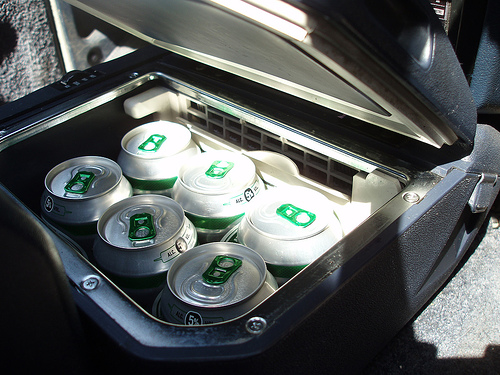 Not only is it a fridge, it makes ice!
Not only is it a fridge, it makes ice!
While most vans and SUVs offer AWD for on-pavement snow and ice, the Toyota Van was dead serious off road, with skid plates and a transfer case with high and low range.
I came across a Cardomain page featuring an off-roading van, wandering through rocks and boulders like a Jeep Wrangler with three rows of plush velour seating.
Fast Tube by Casper
When was the last time you saw a minivan interacting this closely with nature? Unless it was an Odyssey stuck in a ditch, the correct answer is never.
Meanwhile, market share leader Chrysler is attempting to “man up” the Dodge Caravan R/T with chrome wheels (which look they were yanked off a 2003 Sebring), bigger sway bars, and a mild aero kit.
Modern minivans typically sell to responsible parents willing to admit to the public that they made compromises for their children. There’s nothing wrong with that, and its even admirable, but nobility is rarely stylish. There’s so much more that Chrysler could have done, like larger wheels similar to those on the Dodge Challenger, more power, and dual exhaust.
The fog lights are a nice touch but otherwise it looks like the same old crayon-and-juice-box filled penalty box its been for the past decade. You won’t be seeing one of these going off road or doing anything interesting anytime soon.
An honorable mention goes to the Mazda MPV, sold in the US as a RWD/4×4 van from 1989-1999. MPV featured swing-out doors rather than cumbersome sliding doors. Back then, sliding doors were heavy and hard to get properly latched without a hard slam. The MPV was built on the Mazda 929 luxury sedan, giving the van some car-like ride and handling characteristics.
The MPV also had a floor-mounted parking brake, just like a car, and offered rear load leveling and upgraded transmission cooling for people wanting to tow jetskis, small trailers, and campers. Like most SUVs of the same era, the MPV had an optional locking center differential with a switch to engage the system, even while in motion.
Its time to bring fun and capability back to the minivan.

